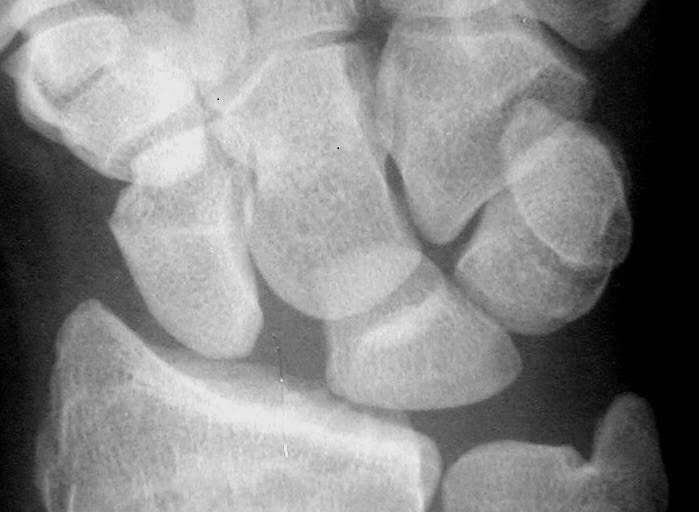Groundbreaking bioengineering and 3D printing technology at Griffith is creating hope for sufferers of Scapholunate Interosseous Ligament (SLIL) injury, the most common of wrist ligament injuries.
SLIL injuries cause dislocation of scaphoid and lunate bones and can be career-ending for an athlete and result in long-term disability for others.
Typically, SLIL injuries are surgically treated, but have poor prognosis, with patients developing functional limitations and severe hand/wrist osteoarthritis, which impairs long-term health and imposes substantial economic burden.
Many Australians suffer a SLIL injury each year due simply to an active, outdoors lifestyle. Meanwhile, the traditional reconstruction technique involves surgical procedures which can typically result in losing up to a third of wrist functionality and strength.
Pioneering technique
However, Gold Coast Health and Griffith’s Professor Randy Bindra and Professor David Lloyd from Gold Coast Orthopaedic Research, Engineering and Education Alliance (GCORE), in conjunction with colleagues from Orthocell and the Universities of Queensland and Western Australia, are pioneering a technique to design a personalised replacement bone/ligament construct using latest 3D bio-printing technology.
With the research announced by the Hon. Greg Hunt, Minister for Health and supported by $891,500funding from BioMedTech Horizons, the Gold Coast team and colleagues are using a novel strategy with a personalised bone-ligament-bone graft using 3D printed biocompatible scaffolds.
“The ligament portion of the scaffold will be seeded with tendon cells from Orthocell, a successful Australian regenerative medicine company, and then thebone-ligament-boneconstruct will be matured in a bioreactor, where the cells will lay tendon along the scaffold.
“The personalised matured construct will then be model tested in conditions that replicate a wrist in operation, with the work tested in Griffith’s Six degrees-of-freedom Robotic Testing Machine,” says Professor Bindra, who has a conjoint appointment with Gold Coast Health.
“Developing an ‘off-the-shelf’ ligament replacement with a scaffold that replicates bone and ligament will be a game-changer in sports medicine and will provide a novel alternative not only for the treatment of SLIL wrist injuries, but also other joints, while reducing the current side effects experienced by patients undergoing reconstructive surgery.”
Already having been trialled in successful animal studies, Professor Bindra says he expects the research to expand into human clinical trials within the next three years.
“So far we have seen some very encouraging results, the implications of which could have some significant benefits for SLIL patients and also knee injuries such as anterior cruciate ligament (ACL) in the future.
“The funding from BioMedTech Horizons will give our group at GCORE the ability to develop this cutting-edge technology right here in Australia.”
Minister for Health, the Hon Greg Hunt MP, said: “The Turnbull Government is committed to improving the health services for all Australians and will continue to invest in better treatment, care and medical research.
“Our researchers are innovators and this investment will speed up the journey from idea to reality. These technologies have the potential to create better health outcomes for Australians, while driving investment and strengthening our economy. All Australians benefit from investment in health and medical research.”
